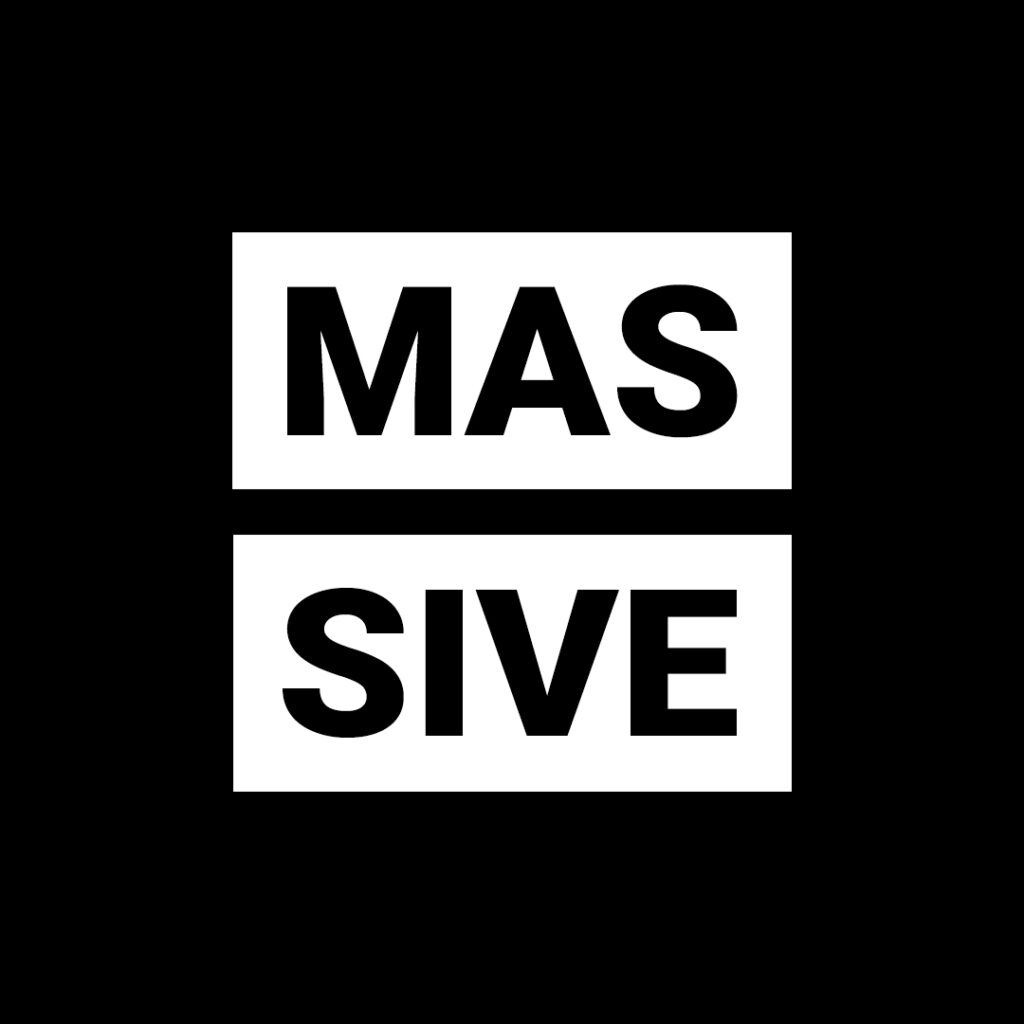“What is a portfolio?” might seem like a simple question, but it actually has a complex answer.
This document can be many different things, depending on your profession or industry. But, no matter what area of media production you pursue, it’s a collection of work that demonstrates your skills and experience.
In this article, we’ll discuss what goes into making an impactful portfolio and I’ll give you some tips for putting one together.
The different types of portfolios
Portfolios are more than just a resume. Today, they’re used to communicate everything from skills and interests to personality traits. The best way to create an effective portfolio is to know the different types that exist and what they’re designed for.
The most common type is a functional portfolio – which is what I’ll be talking about in this article. This type of portfolio highlights your accomplishments as well as any associated job-related information or training you had. This way you can show potential employers how you can be useful in their company.
A functional portfolio helps you to sell yourself by showing how you would fit into a particular organization’s team and what skills and qualifications you’re bringing with you. It should highlight strengths such as leadership, teamwork, creativity, and communication skills, rather than focusing on weaknesses which may not be relevant to the position you are applying for.
This is a great way to target a specific job or organization.
How to choose the right content for your portfolio
When creating your portfolio, do research on the organization you’re applying to and highlight any similarities between their values and yours. For example, if the company emphasizes creativity, include some of your own creative work in your portfolio.
Tailor each section of your portfolio to fit the job you’re applying for. This will show that you’ve put a lot of thought into how you can be an asset to that particular organization.
Your portfolio should be an accurate representation of your skills and abilities. So, how do you choose the right content to include?
A good rule to follow is to make sure all of your work is high quality. That means taking the time to edit and revise your pieces until they’re polished and ready for public consumption.
What to do when you’re finished creating your portfolio
Some people like to do a quick recap of their portfolio after they’ve finished. This is a good idea because it’s a great way to get feedback from others and can help you understand what your strengths are.
Others prefer to take some time off before evaluating the work that they just finished creating. If you’re not sure which approach works best for you, try giving yourself 24 hours or so before coming back with fresh eyes and having another look at the way you’ve laid everything out.
No matter what you decide to do, remember that a portfolio is a great tool for artists and creatives of all kinds. It can help you get exposure, build your brand, and sell your work. With a little time and effort, you can create an impressive portfolio that will serve you well for years to come.
A portfolio can be a helpful tool when you’re looking for a job, networking, or even just trying to showcase your skills. However, it can be tricky to put together and often requires some planning. In this article, we’ve outlined the basics of what a portfolio is and how you can put one together. We’ve also given you some tips on how to make yours stand out from the rest.
So, whether you’re just starting out in your career or you want to update your current portfolio, be sure to remember the tips in this article so you can put your best foot forward.





